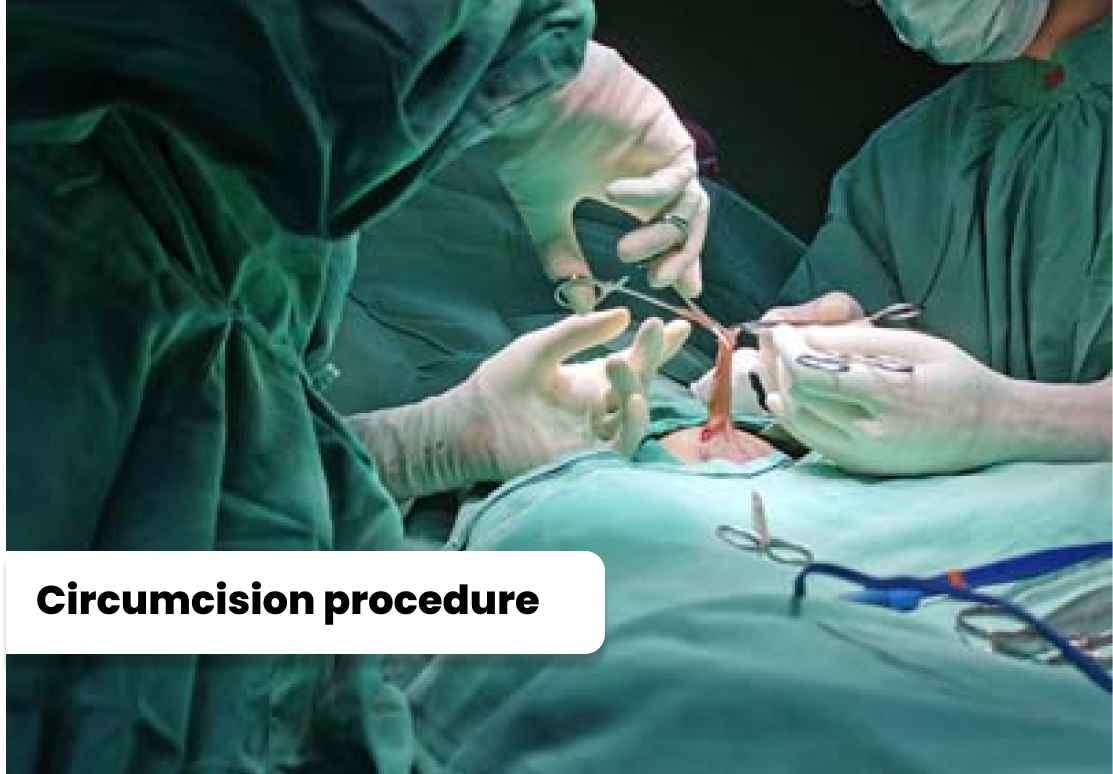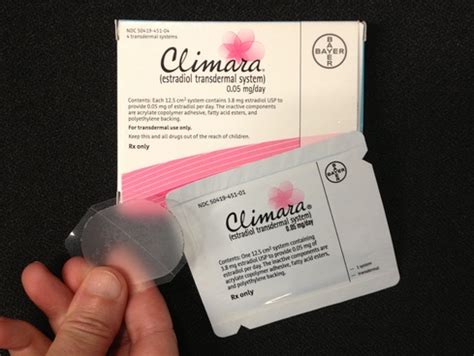The decision to circumcise a newborn boy is a personal one, often influenced by a variety of factors including cultural, religious, and medical considerations. For parents who choose to have their newborn son circumcised, understanding the proper care and management of the circumcision site is crucial for ensuring the best possible healing and minimizing the risk of complications. Circumcision, when performed by experienced healthcare providers, is a relatively safe procedure. However, like any surgical procedure, it carries potential risks and requires careful post-procedure care.
Immediate Post-Circumcision Care
In the immediate aftermath of the circumcision, the healthcare provider will typically apply a topical antibiotic ointment to the circumcised area to help prevent infection. The penis will be wrapped in a gauze dressing, which should be kept in place for a specified period, usually until the first diaper change. During this time, it’s essential for parents to follow the specific instructions provided by their healthcare provider regarding the care of the circumcised area.
Keeping the Area Clean
One of the most critical aspects of post-circumcision care is maintaining cleanliness. For the first few days, the area should be gently cleaned with warm water during each diaper change. A mild soap can be used, but it’s essential to rinse the area thoroughly to prevent any soap residue from causing irritation. After the initial healing period, which is usually a few days, parents can start using a soft cloth to clean the penis during bath time. The area should be patted dry, rather than rubbed, to prevent irritation.
Dressings and Ointments
For the first few days, a petroleum-based ointment (such as Vaseline) should be applied to the circumcised area with each diaper change. This helps protect the area from irritation caused by urine and stool. Some healthcare providers may also recommend using gauze soaked in warm water to cover the penis for the first day or two. It’s crucial to follow the specific advice given by the healthcare provider regarding dressings and ointments, as this can vary based on the circumcision method used and the provider’s preferences.
Signs of Healing and Potential Complications
The circumcised area will typically start to heal within the first week, with most of the healing process being completed within 7-10 days. During this time, it’s normal for the area to appear red and swollen, and there may be a small amount of yellowish discharge or scabbing. However, if parents notice any signs of potential complications, such as increased redness or swelling that worsens over time, foul odor, increased crying or discomfort, or difficulty urinating, they should seek medical attention.
Pain Management
It’s understandable that parents worry about their child’s pain after circumcision. The American Academy of Pediatrics (AAP) suggests that if pain management is used, it should be done under the guidance of a healthcare provider. Topical anesthetics or oral pain relievers may be recommended, but their use should be carefully considered due to potential side effects and the fact that they may interfere with the baby’s ability to feed.
Follow-Up Care
A follow-up appointment with the healthcare provider is typically scheduled a few days after the circumcision to check on the healing process and address any concerns parents may have. This is an excellent opportunity for parents to ask questions and receive reassurance about the normalcy of their child’s healing process.
Emotional and Psychological Aspects
Beyond the physical care, it’s also important for parents to be aware of the emotional and psychological aspects of circumcision. The decision to circumcise can be a complex and deeply personal one, influenced by cultural, religious, and personal beliefs. Parents should feel supported in their decision and have access to unbiased information to help them make an informed choice that aligns with their values and priorities.
Conclusion
Circumcision care for newborns requires attention to detail and adherence to the specific instructions provided by healthcare providers. By understanding the proper techniques for keeping the area clean, applying dressings and ointments as recommended, recognizing signs of healing and potential complications, managing pain effectively, and following up with healthcare providers, parents can ensure the best possible outcomes for their child. Remember, each child heals differently, and what’s most important is to remain vigilant, follow professional advice, and seek help if there are any concerns about the healing process.
What are the most common complications associated with newborn circumcision?
+While rare, common complications can include infection, bleeding, and improper healing. It’s crucial for parents to monitor their child’s healing process closely and seek medical attention if they notice any signs of these complications, such as increased redness, swelling, foul odor, or difficulty urinating.
How can I manage my newborn’s pain after circumcision?
+Pain management after circumcision should be discussed with a healthcare provider. They may recommend topical anesthetics or oral pain relievers, but it’s essential to follow their guidance to ensure the baby’s safety and comfort.
What is the typical healing time for a newborn circumcision?
+The healing process for a newborn circumcision typically takes about 7-10 days. During this time, it’s normal to see some redness, swelling, and possibly a small amount of discharge. However, if these symptoms worsen or if parents have concerns, they should consult with their healthcare provider.



